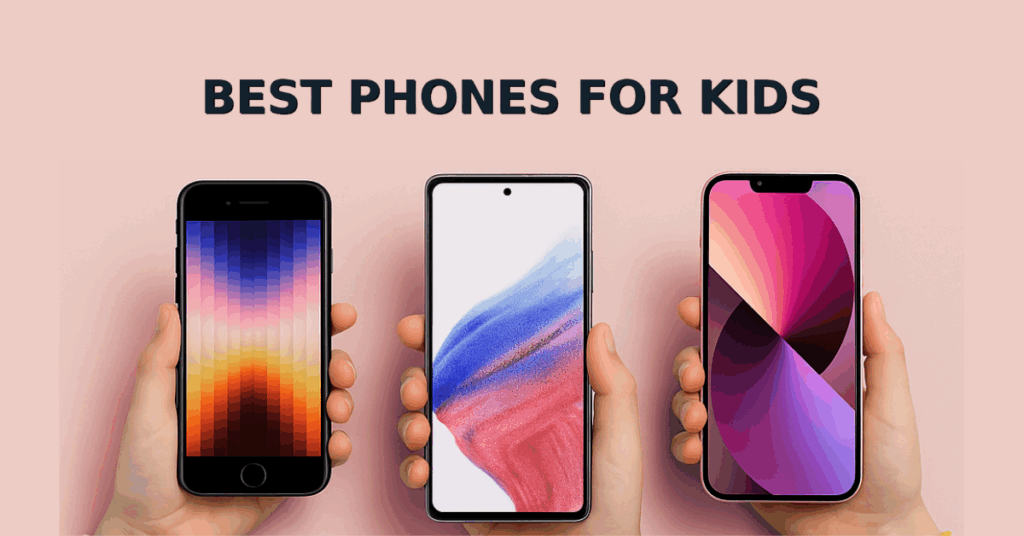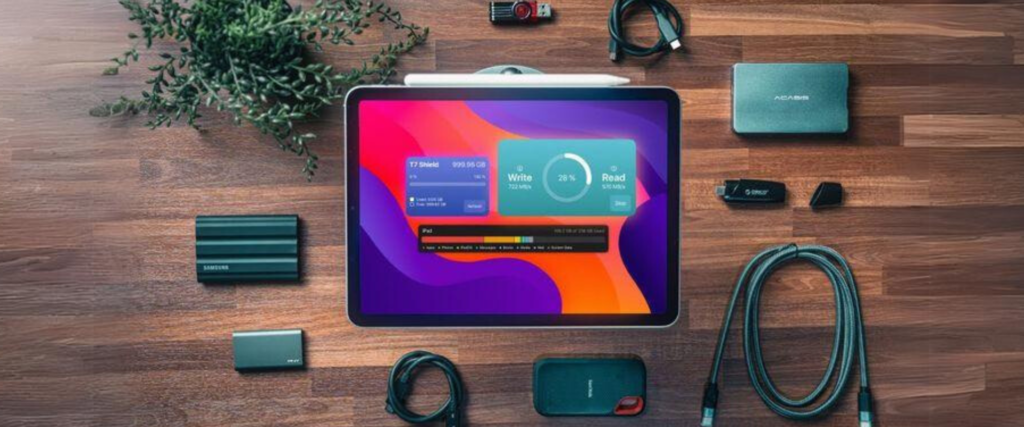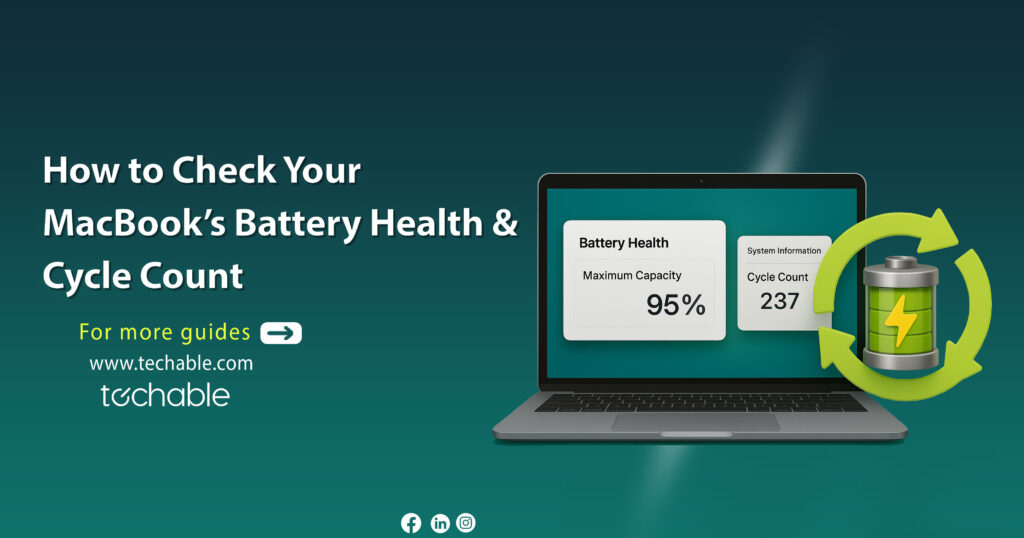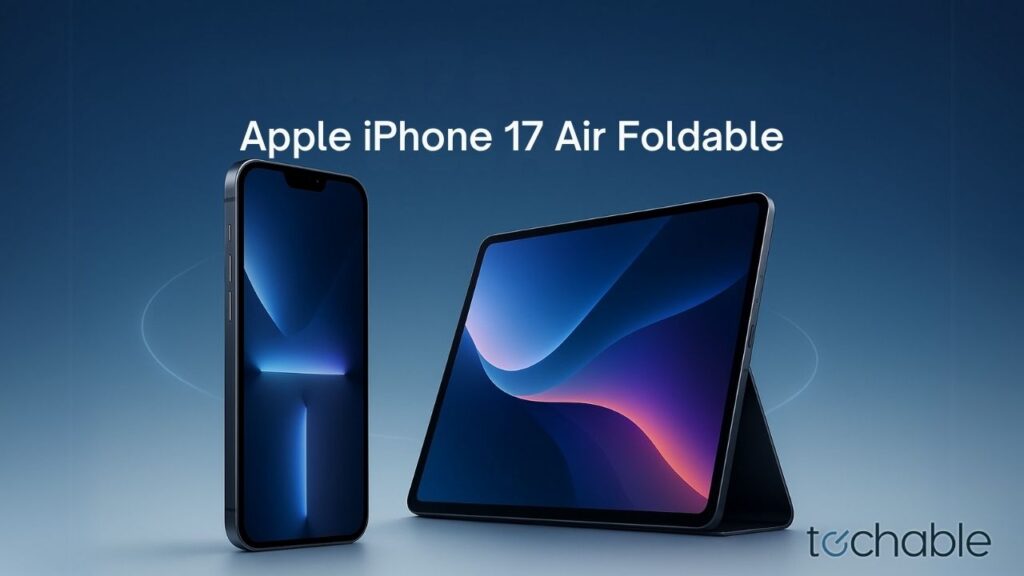Do Bluetooth Headphones cause cancer?
In the era of wireless technology, Bluetooth headphones have become a common sight, celebrated for their convenience and functionality. However, alongside their rise in popularity, concerns have emerged regarding their safety, particularly the potential for these devices to increase the risk of cancer due to their emission of radio frequency (RF) radiation. While Bluetooth technology enables the wireless transmission of sound using low levels of non-ionizing electromagnetic fields (EMF), the health implications of prolonged exposure to such fields have sparked a debate within the scientific community and among the public.
Despite alarming headlines and social media posts, the consensus among researchers and health organizations remains that there is not enough evidence to conclusively link Bluetooth headphone use with cancer. Investigations into the effects of non-ionizing EMF radiation—emitted not just by Bluetooth headphones but also by numerous other electronic devices we use daily—have yet to demonstrate a direct causal relationship with cancer. This introduction sets the stage for a nuanced discussion of the existing research, the distinctions between ionizing and non-ionizing radiation, and the perspectives of leading health authorities on the matter, aiming to provide a balanced overview of what is currently known and what remains to be discovered.
What is Bluetooth?
Bluetooth has been around for many years now and is not new to anyone having been invented in 1989. However, in recent years we have seen the rise of Bluetooth headphones which has brought the safety of Bluetooth headphones back into the limelight.
Bluetooth headphones utilize wireless technology to connect to various devices, such as smartphones, tablets, and computers, without the need for physical cables. At their core, these devices operate through the transmission of audio signals using radio frequency (RF) electromagnetic fields (EMF). This technology allows for the seamless streaming of audio content, facilitating ease of movement and a cable-free user experience.
The process involves a small transmitter in the audio device sending out radio waves, which are then received by a tiny receiver embedded in the headphones. This interaction enables the conversion of these signals into sound, all happening in real time to deliver audio from the source to the user’s ears wirelessly.
The information is encoded in these waves in such a way that when it reaches the receiving device, it is able to decode it and, for example, play music in the case of headphones or play a movie in the case of televisions.
Some 150 million AirPods have been sold

As of the most recent data available, Apple’s AirPods have experienced significant commercial success, with sales surpassing the 150 million mark. This impressive figure highlights the widespread popularity and consumer adoption of Apple’s wireless earbud technology since its introduction.
The Samsung Galaxy buds have just been released to the market and you can be sure that the Galaxy Buds will be a huge success for Samsung in the same way the Airpods have been Apples latest success.
Are Bluetooth Headphones Safe?
In short, YES.
Both the FDA and the CDC recommend the use of Bluetooth headphones as a great alternative to the constant use of a cellphone.
No human studies have yet shown a link between radiofrequency radiation used by wireless devices and cancer. But some scientists have tested on animals and the results suggested that such a link may exist.
However, the scientific community is very divided.
“There are thousands of documents of variable quality and relevance that point in all possible directions. Although you can choose data and statistics that talk about the health risks of Bluetooth and other wireless technologies, their arguments are not credible,” said Professor Kenneth Foster of the University of Pennsylvania.
“Yes, it’s true that wireless headsets emit radiation but that doesn’t mean there aren’t safe” The federal government sets safety standards for the amount of radiation that devices can emit to consumers, and those that use Bluetooth are well below that level,” the professor added.

Others do believe they can cause long-term problems.
“We can’t say with certainty that these devices are dangerous, but based on the research that’s been done on other similar types of radiation, there’s reason to believe that devices that use Bluetooth are going to be problematic in the long run,” according to Professor Joel Moskowitz, of the University of Berkeley.
What does Apple say to all this?
The manufacturer of AirPods has a lot to say, and in response to all that has been published about its viable link to cancer, Alex Kirschner, the company’s spokesman, stated in the past that “Apple products are always produced and examined to meet or exceed all safety requirements.
There is still a lot of research to be done to confirm that they are dangerous.
“I can’t say that there isn’t a problem with these types of devices, because people can always say that there’s no evidence that they’re 100 percent safe. You can’t tell people what to worry about either, but personally I’m not worried,” Professor Foster said.
According to the World Health Organisation (WHO), it can not be ruled out that radiation from mobile devices such as Bluetooth can cause cancer. Most studies show that the chances of radio-frequencies producing cancer are very low or nonexistent, but for now, it can not be said with absolute certainty that there is no danger.
What are the risks of cancer from using a Bluetooth headset?
Many of the studies agree that the risks increase with the time of exposure to electromagnetic radiations such as Bluetooth and decreases with the range at which we find ourselves from the origin of the radiations.
It is currently considered that the risk of cancer from using Bluetooth devices such as wireless headphones is very low even for long periods of exposure.
This is mainly due to the low energy that these devices emit which is insufficient to affect the proper functioning of our cells.
Jon - Techable Founder
The Boss @techable.com
![]()

















0 Comments